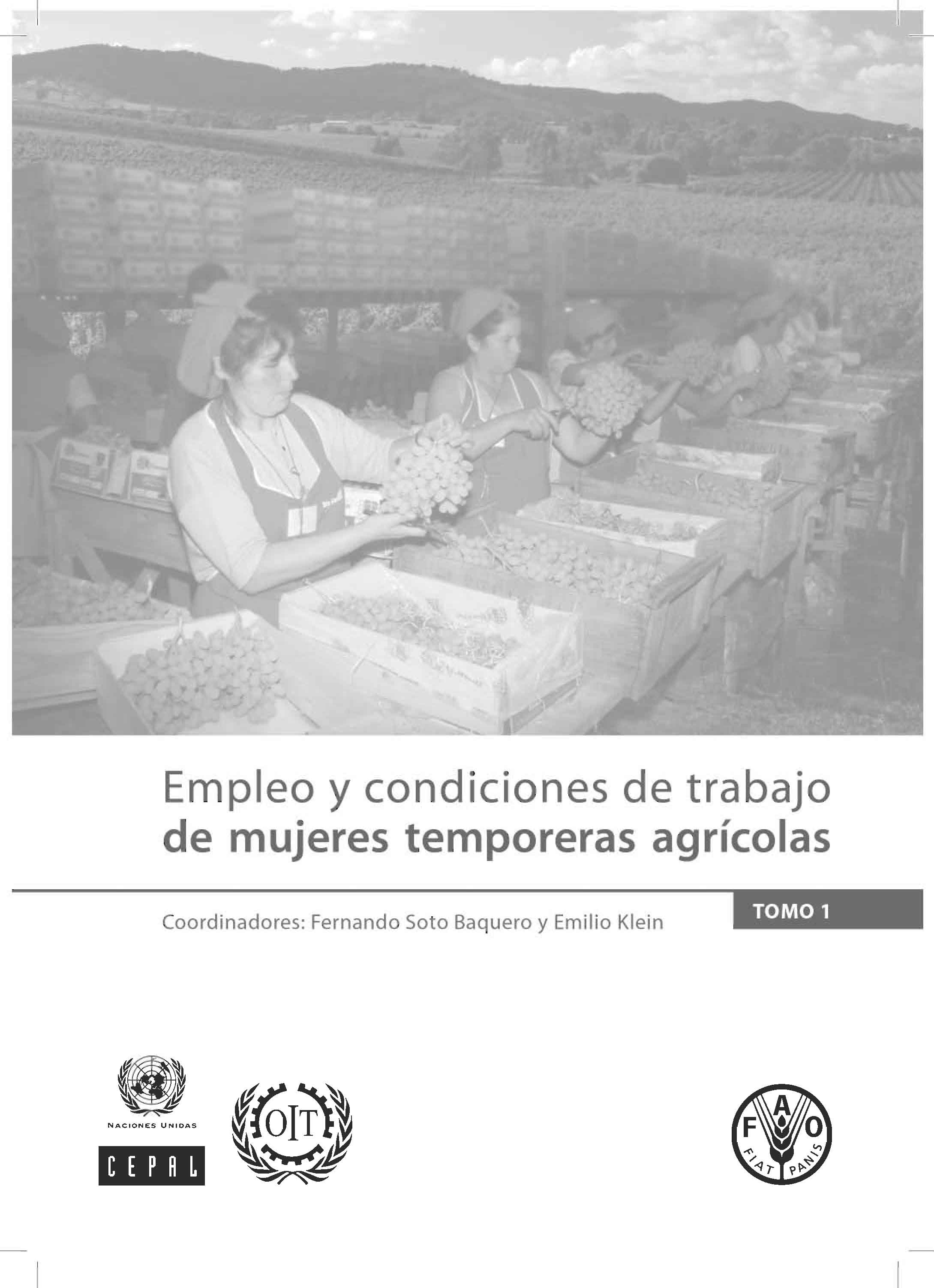Light Manufacturing in Africa :
Targeted Policies to Enhance Private Investment and Create Jobs
The World Bank's strategy for
Africa's future recognizes the central importance of
industrialization in Sub-Saharan Africa, and the consequent
creation of productive jobs for Africans, which have long
been a preoccupation of African leaders and policy makers.
This book represents an attempt to address these issues. The
book stresses that, while the recent turnaround in
Africa's economic growth is encouraging, this growth


